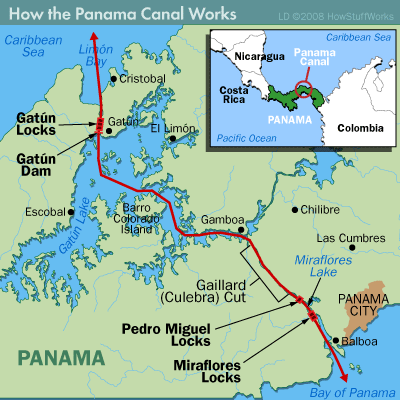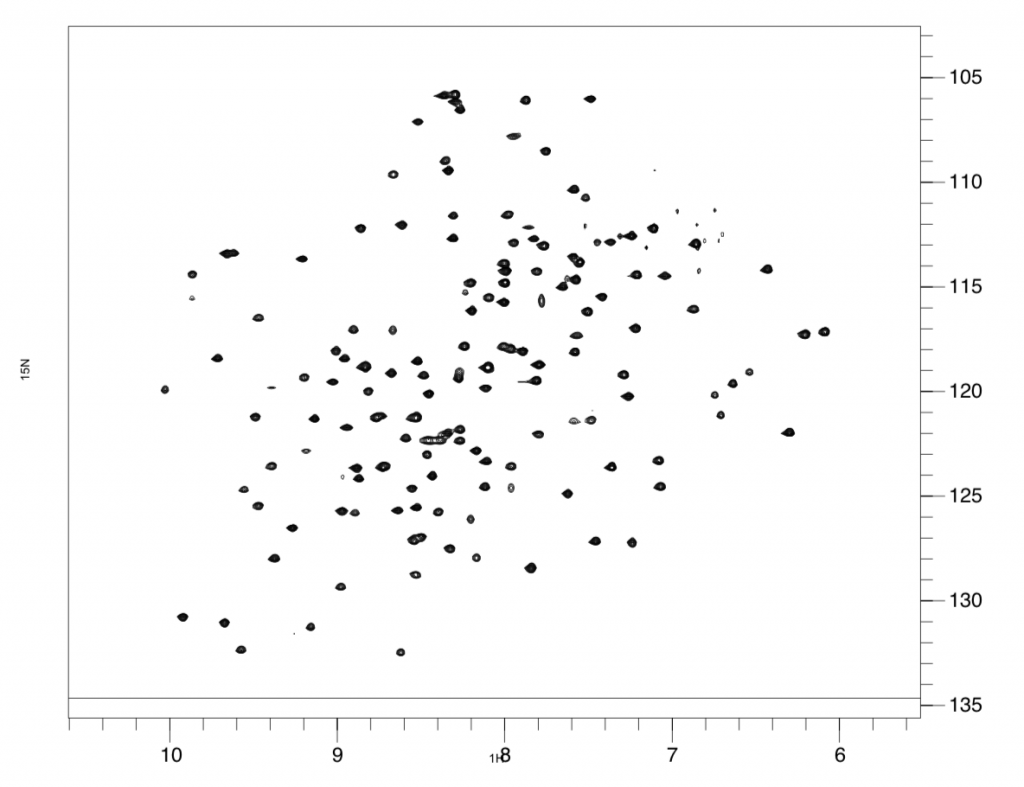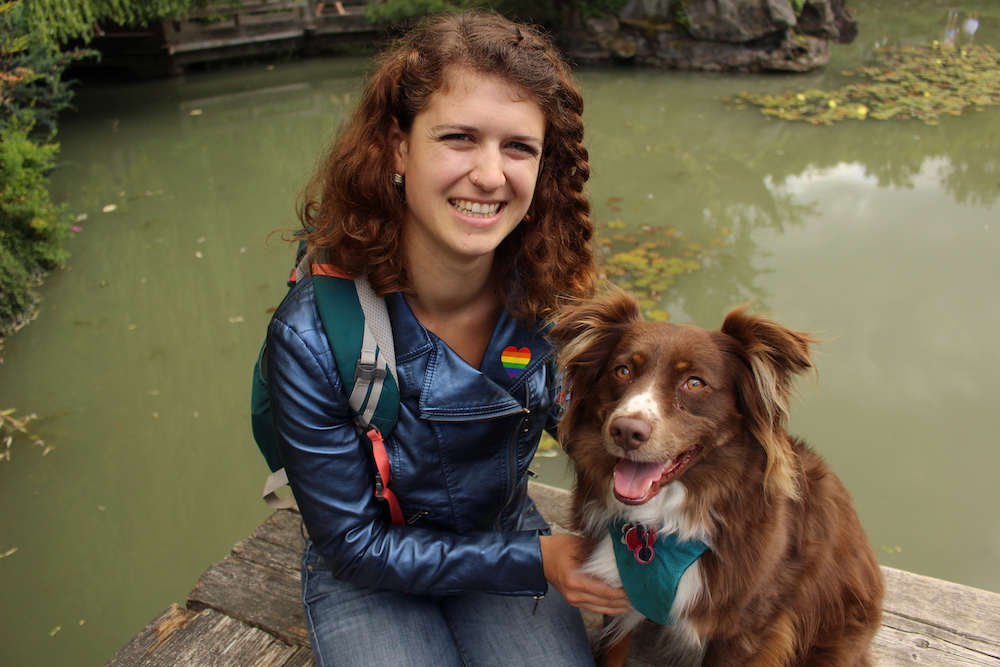A lot of the concepts that scientists use to justify why things are the way they are, are devised solely based on theory. Some theoretical concepts have been established for so long that they are simply accepted without being scrutinized very often. The umbrella species concept is one such example as it is a theoretical approach to doing conservation and although in theory it is thought to be an effective strategy for conserving ecosystems, it is actually very rarely empirically tested. Enter Alan Harrington, who is going to test its validity empirically.
Alan is a 2nd year Master’s student in the Department of Animal and Rangeland Sciences working with Dr. Jonathan Dinkins. Alan’s research and fieldwork focuses on three species of sagebrush- steppe habitat (SBSH) obligate songbirds: the Brewer’s sparrow, sagebrush sparrow, and sage thrasher. Being a SBSH obligate means that these three birds require sagebrush to fulfill a stage of their life-history needs, namely during their breeding season. However, by studying these three species, Alan is aiming to tackle a broad conservation shortcut as he is trying to figure out whether the umbrella species conservation approach has worked in the SBSH where conservation is guided by the biology of the greater sage-grouse (GSG), which has been termed an umbrella species for sagebrush habitat for many years.

An umbrella species, a close cousin to keystone or an indicator species, is a plant or animal used to represent other species or aspects of the environment to achieve conservation objectives. The GSG is such a species for the SBSH. However, the SBSH is an expansive habitat found across 11 western US states and two Canadian province that covers several millions acres of land. Hence, the question of whether one species alone can be used to manage this large habitat is a valid one. Furthermore, SBSH has been declining dramatically over the last decades. In fact, it is one of the fastest declining habitats in North America. This decrease in available sagebrush habitat has led to the decline in GSG populations since European settlement and the GSG requires SBSH to fulfill its life-history needs. Thus, populations of other birds that require the SBSH have been declining too, like sagebrush-obligate songbirds.

The state of Oregon, like many other western US states, are concerned about protecting SBSH and GSG because they are both quickly declining and songbirds are extremely sensitive to changes in the environment responding quickly to them. Within the last 10 years, the GSG was petitioned to be listed under the Endangered Species Act by several expert groups due to the severity of the decline. Both times, the petitions were designated warranted however were precluded from listing. This issue of declining SBSH and declining GSG populations is made more complicated by the fact that most SBSH also doubles as rangeland for grazing cattle or SBSH is often used for agriculture. Thus, the petitioning for trying to get the GSG listed as endangered caused stakeholders in Oregon to get involved in this situation since the listing of the GSG as endangered could result in very radical management changes for the SBSH, limiting agricultural and land use of this habitat.

As you can see, the topic is not a simple, straightforward one, however Alan is already two years into getting the data to answer some of his questions. Alan’s fieldwork takes place in eastern Oregon in a study area that is 1.4 million acres big. Naturally, he doesn’t survey every single foot of that massive area. Instead he and his lab mates (three of them work together during the field season to collect data for all of their projects) have 147 random point locations, which are located within five Priority Areas of Conservation (PAC), designated by the Oregon Department of Fish & Wildlife as core conservation areas based on high densities of breeding GSG. The field season is from May to July and Alan often puts in 80-hour work weeks to get the job done. For his data collection, Alan does random nest transect surveys at each of the 147 locations for the three sagebrush obligate songbird species, as well as collecting abundance data on any songbird he sees at each random point location. These two methods are also done for GSG UTM locations so that Alan can compare data between them and the songbirds. On top of this, Alan received a grant from the Oregon Wildlife Foundation to purchase iButton temperature loggers to deploy into songbird nests. Along with trail cameras, these will help Alan identify events indicative of nest success or nest failure.
Alan will start his first round of analyses this winter and he’s looking forward to digging into the data that he and his lab mates have worked hard to collect. Ultimately, Alan hopes that his research will make a difference, not just for the sagebrush steppe habitat, his three songbird species, or the greater sage-grouse, but also within other ecosystems. The umbrella species concept is used in all aspects of ecology and so hopefully his findings will be applicable beyond his field of study.
To hear more about Alan’s research and also about his journey to OSU and more on his personal background, tune in on Sunday, November 24 at 7 PM on KBVR Corvallis 88.7 FM or stream live.
If you can’t wait until then, follow Alan’s lab on Twitter!
Also, check out this recent publication that Alan played a big role in devising and writing while he was at the University of Montana in the Avian Science Center. The project tested auditory survey methodologies and how methodology can help reduce survey issues like misidentification and double counting of bird calls/signals.


















